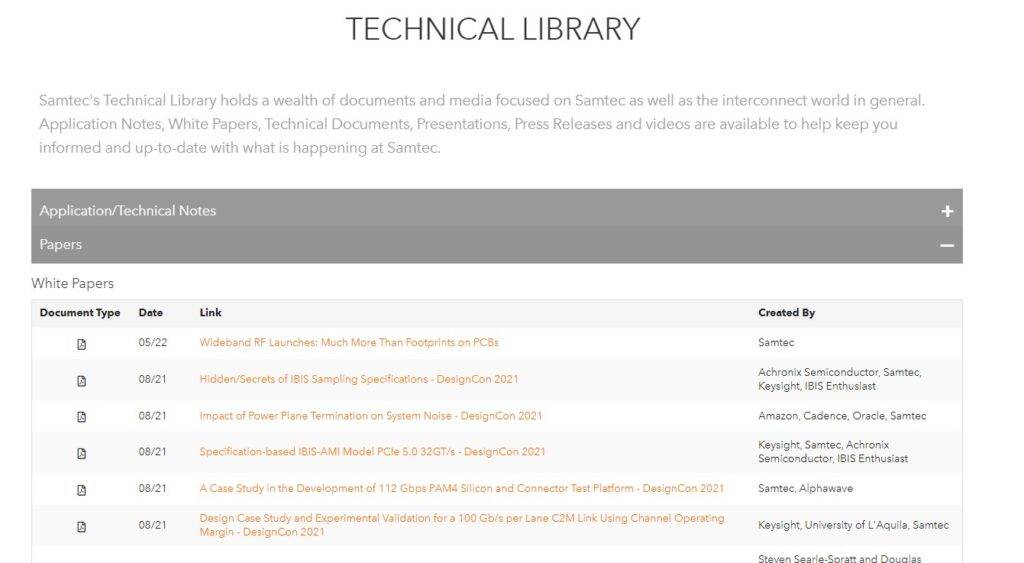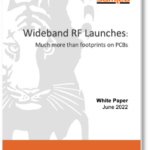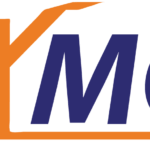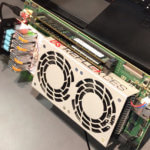Each year Samtec helps create or contribute to multiple publications and whitepapers. If you are unfamiliar with what a White Paper is, let me take a quick moment to explain why these types of documents can be very helpful. When I told my family I was writing an article to talk about a paper they were a bit confused.
White papers originated from the color coding of government documents. The white color of the paper was an unclassified, public-facing, informative bulletin/document. These have evolved where companies use them as authoritative document that addresses issues and how to solve them.
You can find most of Samtec’s White Papers linked in our Technical Library on our website. That is not what this blog is about. This blog is about highlighting someone else’s whitepaper.
New Wave Design & Verification
New Wave is a customer of Samtec and their products can be found in critical programs and platforms across the US and allied countries’ military, aerospace, medical, and energy industries. New Wave’s products and services are focused on high bandwidth, ultra-low latency, and specialized networking and interface solutions. New Wave recently presented a paper at the Air Force TIM that included some Samtec products.

Products in their portfolio that cover VPX or XMC standards will have multiple Samtec interconnects in them. This is due to years of work in these standards bodies offering up solutions that meet the needs of those working groups.
Supporting Protocols with SOSA™ using COTS XMC’s
This is a shortened title for the paper presented. “Supporting Legacy & High-Speed Protocols with the SOSA™ Technical Standard using COTS XMCs” is the full title. As mentioned above a purpose of a white paper is an authoritative document that addresses issues and how to solve them. Many of these papers exist because some of the issues are highly specialized and standardized, or widely used, and solutions have not been found.
Companies like New Wave want to share their knowledge on how they solved this problem. Looking at a legacy platform in a new way can extend life or enhance these systems. This allows their customers to upgrade their platforms without a full retool. This is especially important when some of these design cycles take 2-3 years and will be deployed for 5-15 years.
SOSA™ aligned PICs with increased capability
New Wave discusses how they create a new SOSA plug-in card (PIC) with enhanced network functionality by integrating an XMC within an already existing SOSA form factor. This is especially useful for providing an emerging interface or to offload capability the original PIC does not support without having to spin a new card. New Wave DV XMCs provide this capability with Samtec FireFly™ optical modules included.

Samtec expands on one of these cards in a prior blog found here. VITA 42.0 XMC Updates: A Refreshed Standard and New Optical XMC Modules – The Samtec Blog
If you work in an industry that needs to comply with SOSA, upgrade a legacy system, or enhance a current rugged system take a look at New Wave’s white paper or visit Samtec’s SOSA-aligned connectors. We are happy to help with your next design.




Leave a Reply